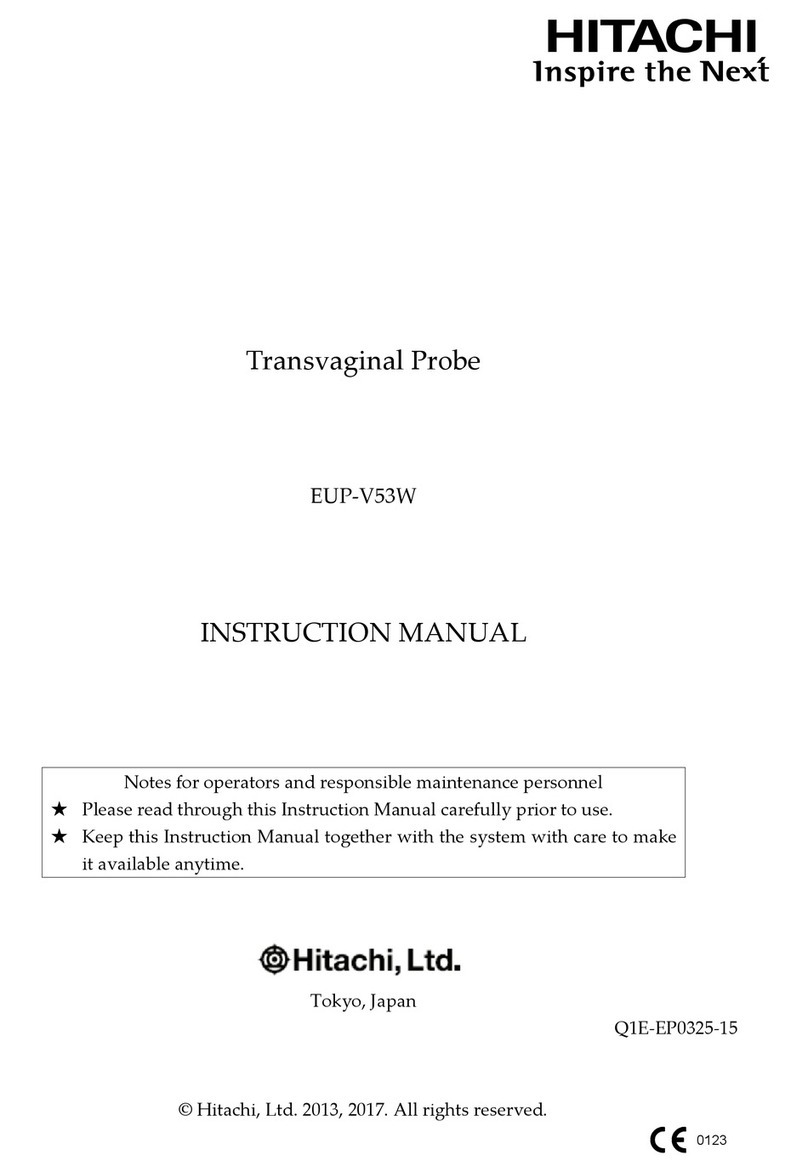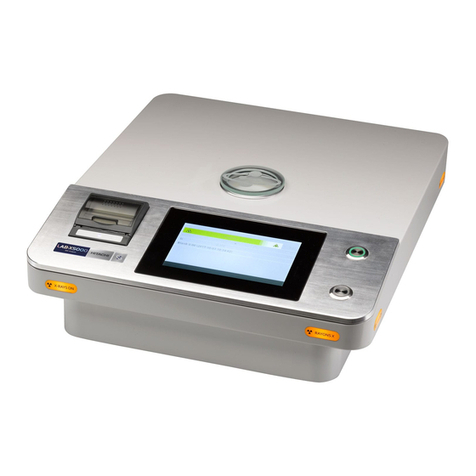Hitachi C22T User manual
Other Hitachi Measuring Instrument manuals

Hitachi
Hitachi HICOMSCAN HDG-1111 User manual

Hitachi
Hitachi EUP-C514 User manual

Hitachi
Hitachi U-2910 User manual
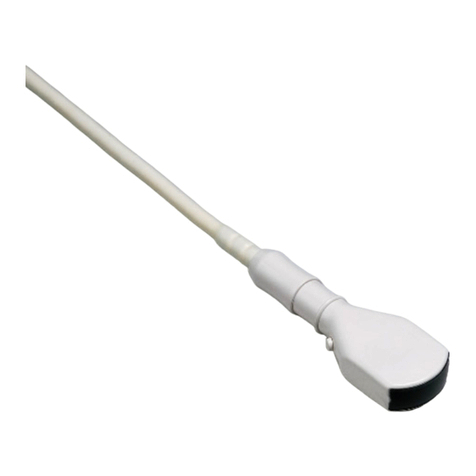
Hitachi
Hitachi UST-9133 User manual
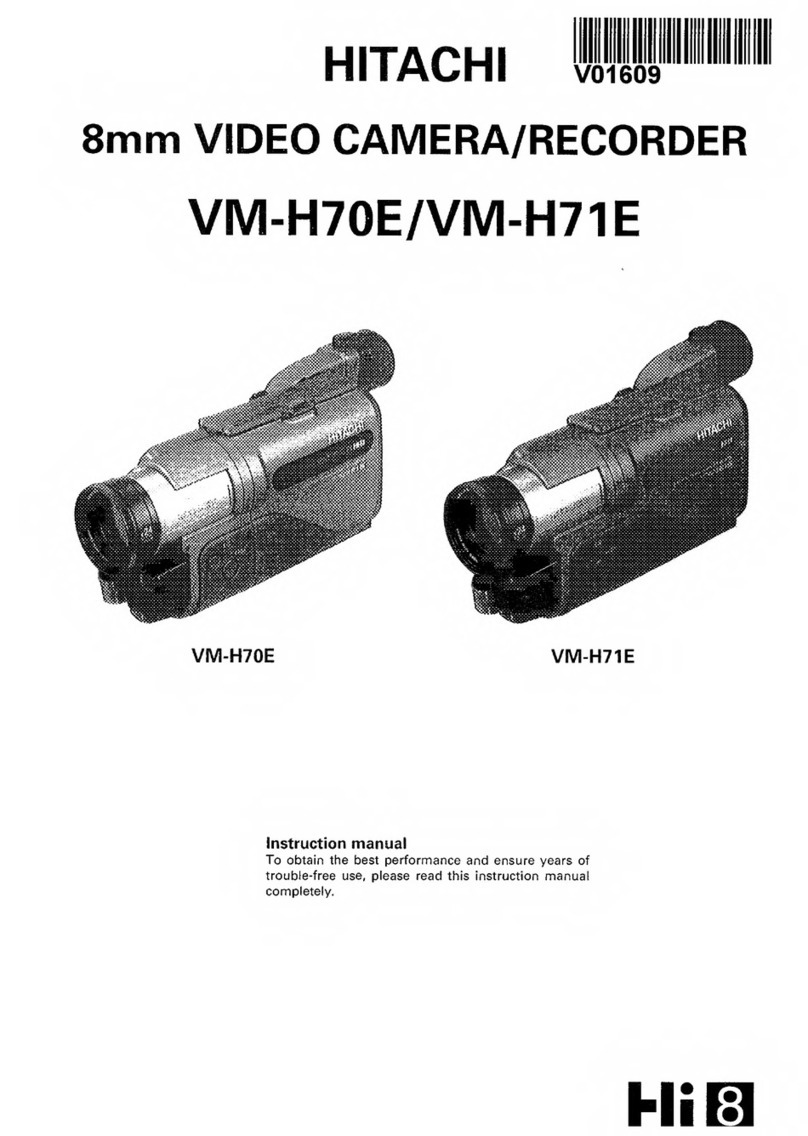
Hitachi
Hitachi Hi8 VM-H70E User manual
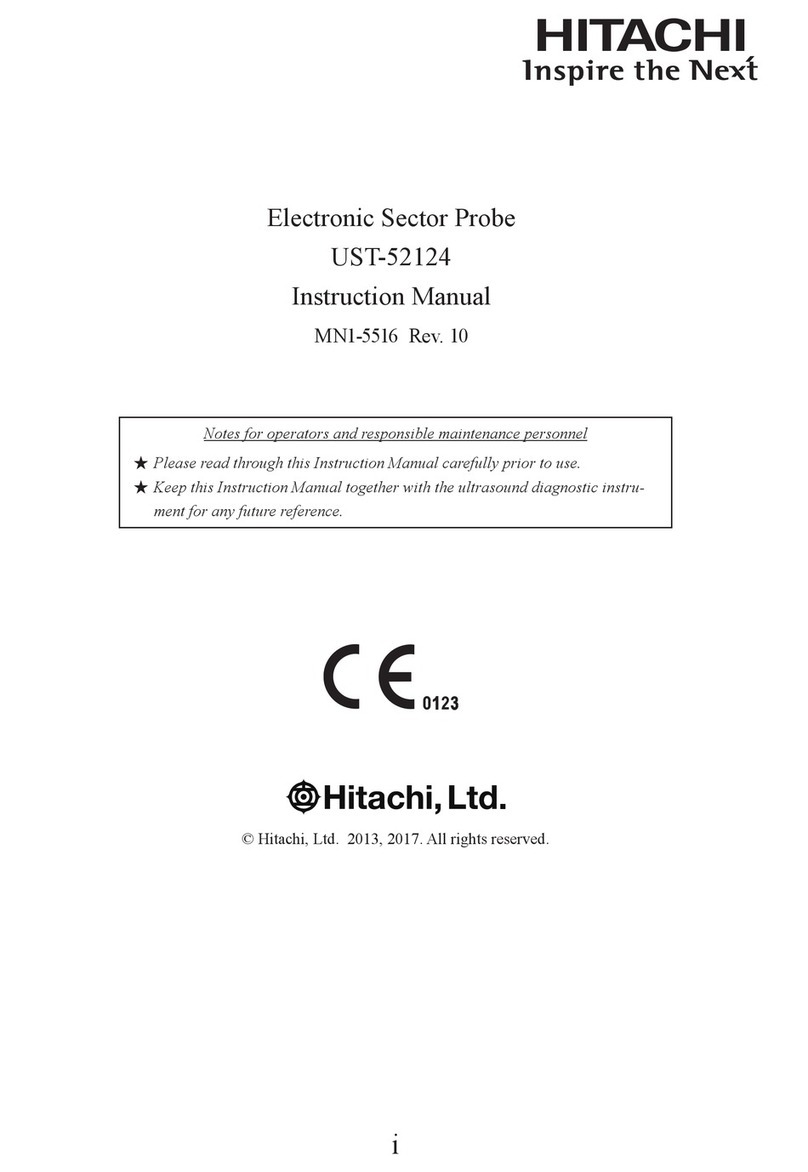
Hitachi
Hitachi UST-52124 User manual
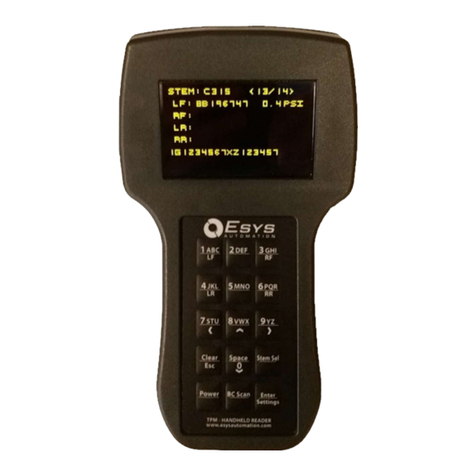
Hitachi
Hitachi JR Automation Esys TPM-HH-700-000 User manual

Hitachi
Hitachi C22I User manual
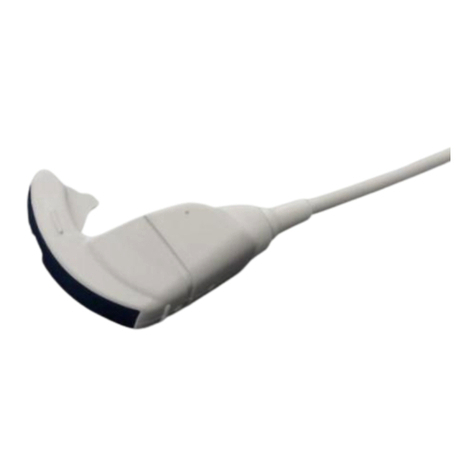
Hitachi
Hitachi C25P User manual
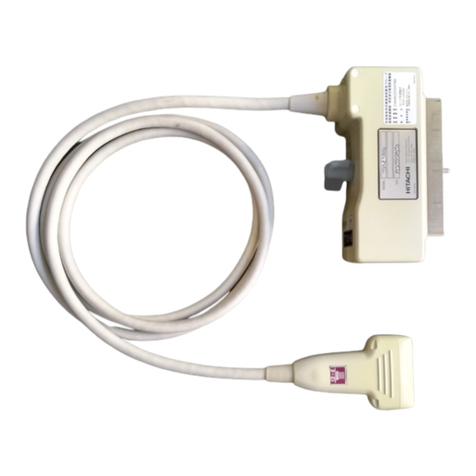
Hitachi
Hitachi EUP-L54MA User manual
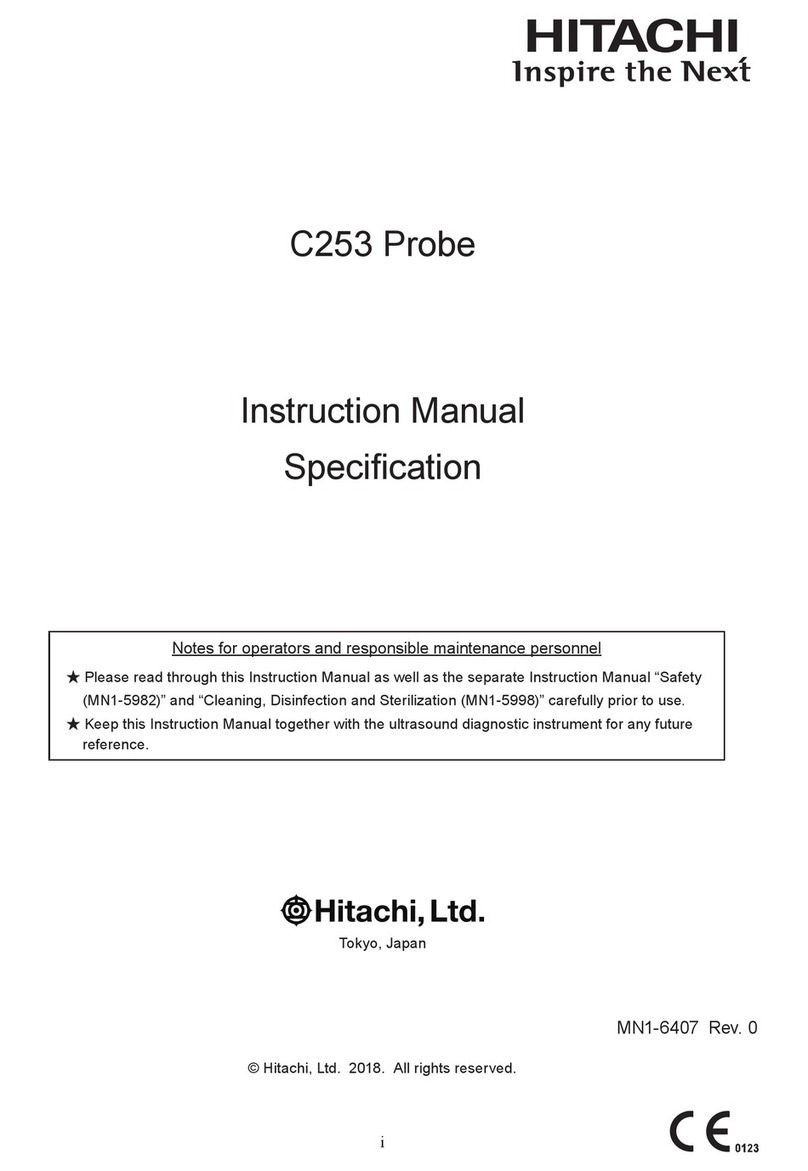
Hitachi
Hitachi C253 User manual

Hitachi
Hitachi VC34 User manual
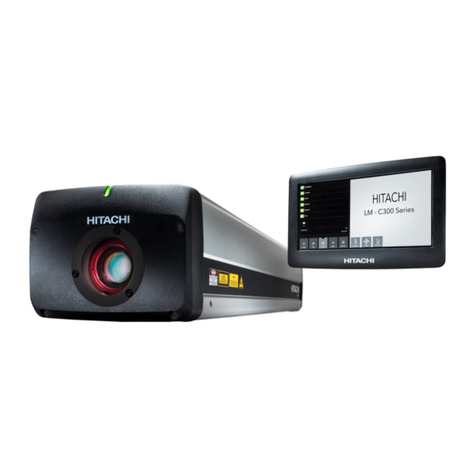
Hitachi
Hitachi LM-C300S/P User manual

Hitachi
Hitachi U-5100 User manual

Hitachi
Hitachi UST-5550 User manual

Hitachi
Hitachi EC2-605 User manual
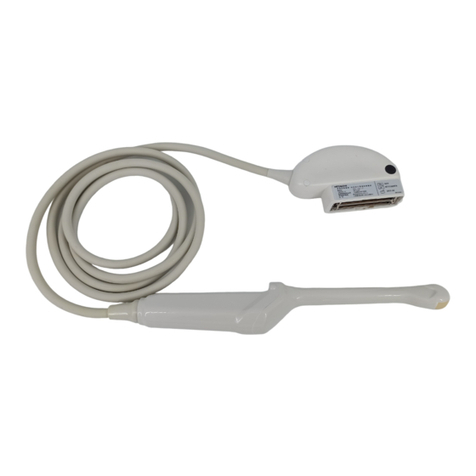
Hitachi
Hitachi C41V User manual
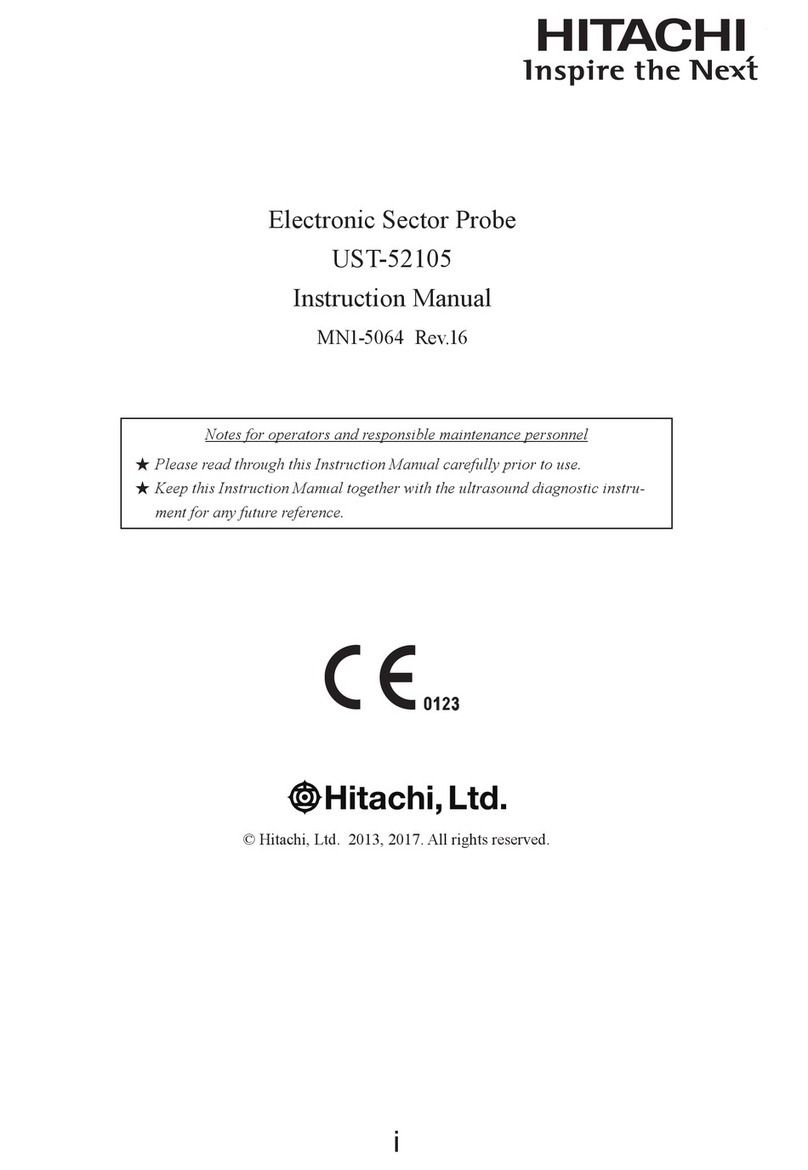
Hitachi
Hitachi UST-52105 User manual
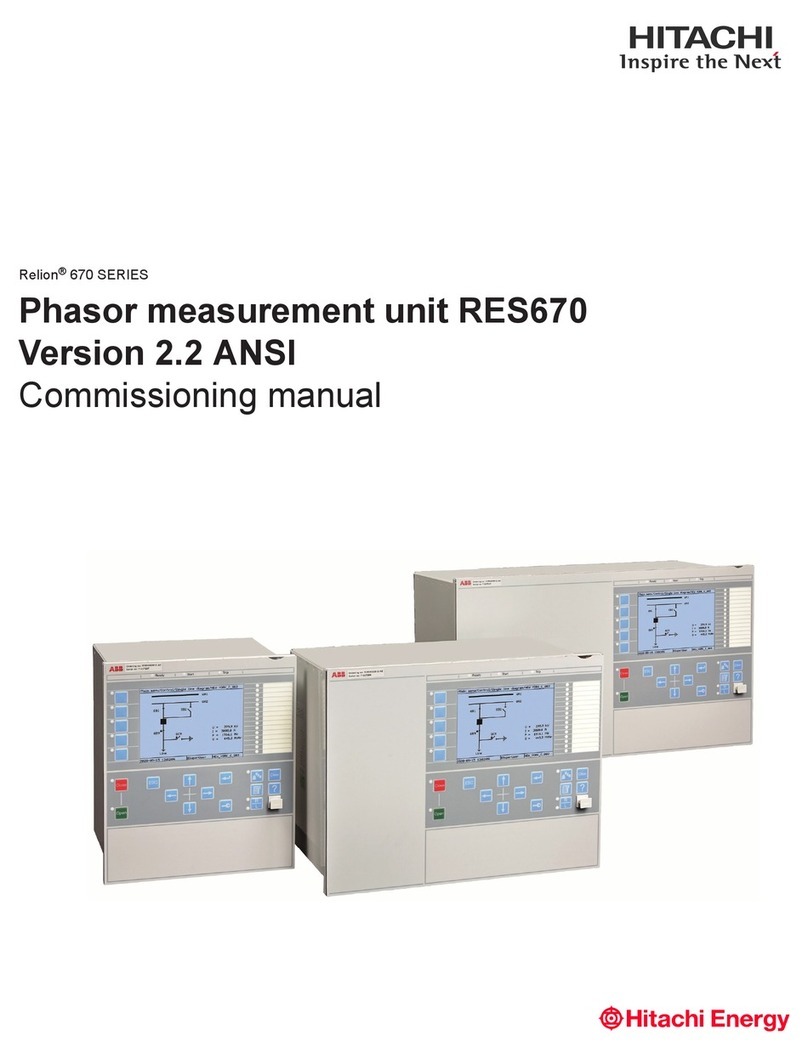
Hitachi
Hitachi RES670 Quick start guide

Hitachi
Hitachi EUP-L75 User manual
Popular Measuring Instrument manuals by other brands

Powerfix Profi
Powerfix Profi 278296 Operation and safety notes

Test Equipment Depot
Test Equipment Depot GVT-427B user manual

Fieldpiece
Fieldpiece ACH Operator's manual

FLYSURFER
FLYSURFER VIRON3 user manual

GMW
GMW TG uni 1 operating manual

Downeaster
Downeaster Wind & Weather Medallion Series instruction manual

Hanna Instruments
Hanna Instruments HI96725C instruction manual

Nokeval
Nokeval KMR260 quick guide

HOKUYO AUTOMATIC
HOKUYO AUTOMATIC UBG-05LN instruction manual

Fluke
Fluke 96000 Series Operator's manual

Test Products International
Test Products International SP565 user manual

General Sleep
General Sleep Zmachine Insight+ DT-200 Service manual
